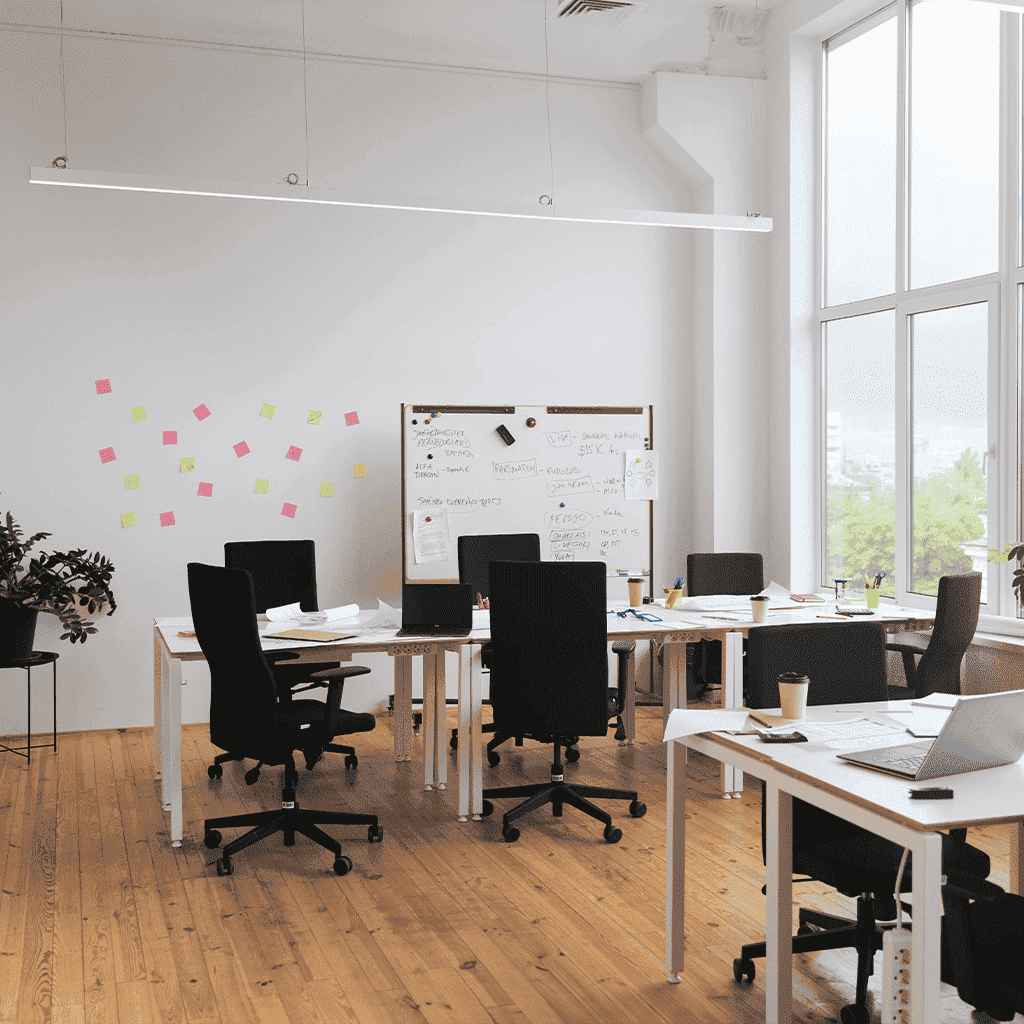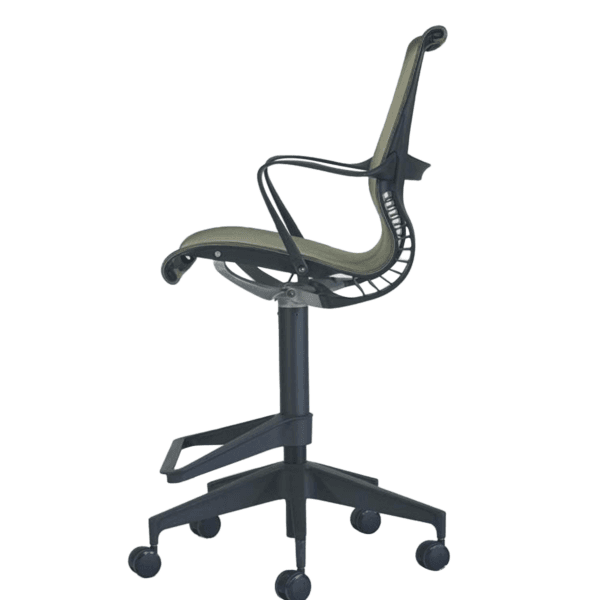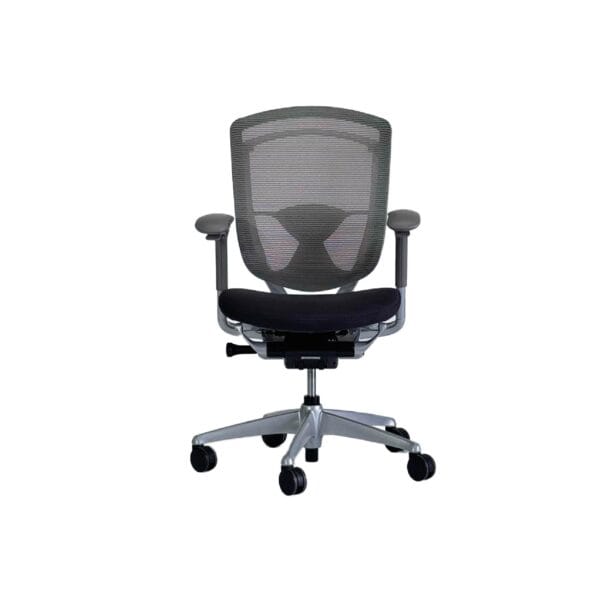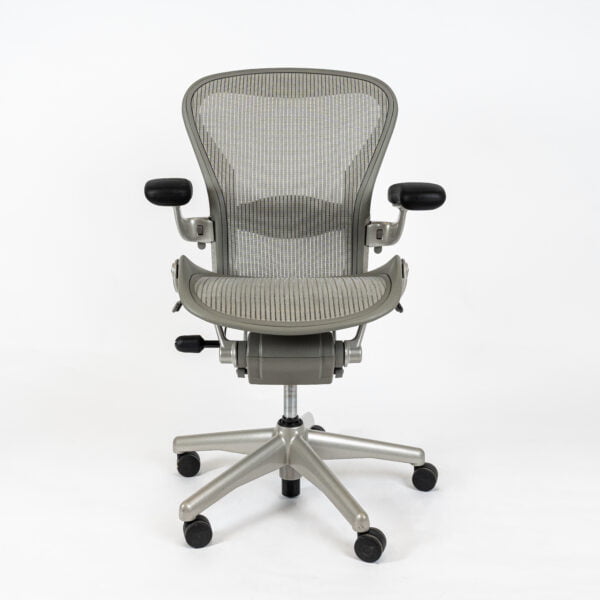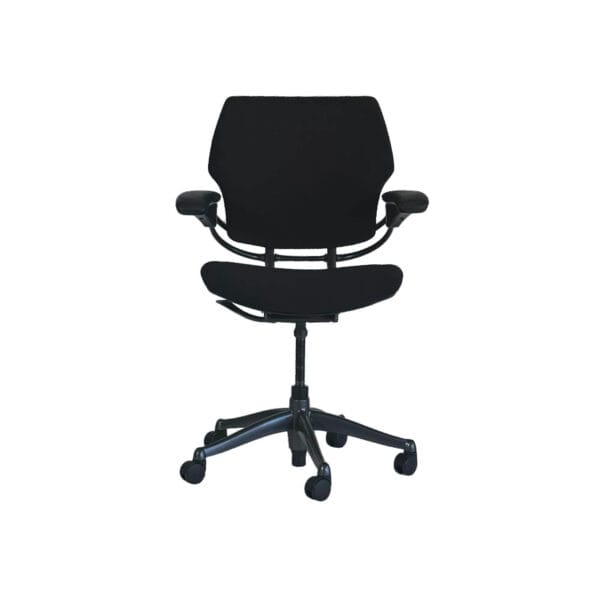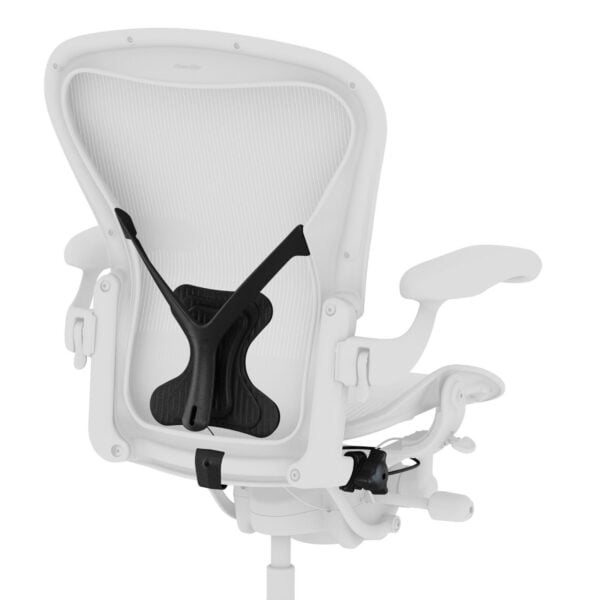Office Space Design Tips to Boost Productivity and Collaboration
In today’s fast-paced business world, creating an environment that fosters productivity and collaboration is no longer a luxury but a necessity. The design of an office plays a critical role in shaping employees’ mood, focus, and teamwork. Whether you’re renovating an existing space or setting up a new office, implementing smart design strategies can significantly enhance overall performance and employee satisfaction.
In this comprehensive guide, we’ll explore practical and effective office space design tips that will help you maximize productivity while encouraging seamless collaboration among team members.
Office Space Design Tips
1. Incorporate Flexible Workspaces
A one-size-fits-all approach rarely works in modern offices. Employees have different work styles and preferences, so creating flexible workspaces is key. A mix of collaborative zones, quiet areas, and breakout spaces allows employees to choose where and how they work best.
How to Implement Flexible Workspaces:
- Open Work Areas: Encourage teamwork and brainstorming with open-plan spaces equipped with shared desks and comfortable seating.
- Quiet Zones: Designate noise-free zones for tasks that require deep concentration.
- Lounge Areas: Create informal spaces where employees can relax, recharge, or engage in casual conversations.
- Hot Desking: Allow employees to choose available desks each day, promoting a dynamic and flexible work environment.
Pro Tip: Introduce modular furniture that can be rearranged to suit different team needs, ensuring adaptability and efficiency.
2. Prioritize Natural Light and Air Quality
Lighting and air quality have a profound impact on employee focus and well-being. Studies show that exposure to natural light boosts mood, reduces stress, and enhances productivity. Similarly, good air quality improves concentration and reduces the likelihood of fatigue.
Tips to Improve Lighting and Air Quality:
- Maximize Natural Light: Position workstations near windows to allow ample daylight exposure.
- Use Task Lighting: Incorporate adjustable desk lamps for focused lighting during individual work.
- Install Air Purifiers: Enhance indoor air quality by using air purification systems.
- Introduce Greenery: Place indoor plants around the office to improve oxygen levels and create a more refreshing atmosphere.
Pro Tip: Choose light-colored walls and reflective surfaces to amplify natural light and make the space feel more open.
3. Optimize Office Layout for Collaboration
An intelligently designed office layout fosters seamless communication and collaboration. By strategically positioning workstations, meeting areas, and communal spaces, you can create an environment where teamwork thrives.
Best Practices for Office Layout Design:
- Cluster Teams Together: Group related departments or teams to promote collaboration.
- Create Collaborative Zones: Designate spaces equipped with whiteboards, screens, and brainstorming tools for impromptu meetings.
- Accessible Meeting Rooms: Ensure meeting rooms are easily accessible and well-equipped with conferencing technology.
- Use Open Pathways: Avoid cluttered layouts that restrict movement and interaction.
Pro Tip: Implement an activity-based workspace (ABW) where employees can choose their preferred work environment based on the task at hand.
4. Invest in Ergonomic Furniture and Equipment
Poor posture and discomfort can lead to fatigue, decreased productivity, and long-term health issues. Investing in ergonomic furniture helps employees maintain good posture and stay comfortable throughout the workday.
Key Ergonomic Essentials:
- Adjustable Desks: Offer sit-stand desks to allow employees to switch between sitting and standing.
- Ergonomic Chairs: Provide chairs with lumbar support, adjustable height, and proper armrests.
- Monitor Stands: Ensure computer screens are at eye level to reduce neck strain.
- Footrests and Keyboard Trays: Add accessories that encourage proper posture.
Pro Tip: Conduct ergonomic assessments and educate employees on maintaining a healthy workstation setup.
5. Use Color Psychology to Influence Mood and Productivity
Colors have a psychological impact on emotions and energy levels. Choosing the right color palette for your office can influence focus, creativity, and collaboration.
Best Colors for Different Office Areas:
- Blue and Green: Enhance focus and calmness, making them ideal for workstations.
- Yellow and Orange: Stimulate creativity and energy, perfect for brainstorming areas.
- Neutral Shades: Promote balance and professionalism, suitable for executive offices.
- Red: Encourages action and urgency, making it suitable for high-energy spaces.
Pro Tip: Use accent colors to highlight key areas and introduce variety without overwhelming the workspace.
6. Create Dedicated Break and Wellness Zones
Encouraging employees to take regular breaks improves mental clarity and reduces burnout. Break areas should offer a relaxing environment where employees can disconnect and recharge.
Ideas for Break and Wellness Zones:
- Quiet Lounges: Provide comfortable seating, books, and soothing decor.
- Game Rooms: Offer recreational options like table tennis or board games to encourage team bonding.
- Wellness Rooms: Create private spaces for meditation, relaxation, or quick naps.
- Healthy Snack Stations: Stock nutritious snacks and hydration stations to promote healthy habits.
Pro Tip: Design wellness zones with natural materials and calming colors to create a tranquil retreat within the office.
7. Integrate Technology for Seamless Collaboration
Modern offices rely on technology to streamline workflows and facilitate collaboration. Incorporating the right tools and platforms can enhance communication and project management.
Essential Tech for Collaborative Workspaces:
- Video Conferencing Tools: Equip meeting rooms with high-quality audio and video technology.
- Project Management Platforms: Use software like Asana, Trello, or Monday.com to manage tasks and timelines.
- Cloud Storage Solutions: Enable easy file sharing and document collaboration.
- Wireless Connectivity: Ensure seamless internet access throughout the office.
Pro Tip: Regularly update and maintain technology to prevent downtime and ensure optimal performance.
8. Encourage Personalization and Ownership of Workspaces
Giving employees the freedom to personalize their workstations fosters a sense of ownership and belonging. Personalized workspaces can boost morale and productivity.
Ideas to Promote Personalization:
- Desk Decor: Allow employees to add personal touches such as photos or small plants.
- Customized Workstations: Provide options for standing desks, task lighting, and desk organizers.
- Flexible Seating Choices: Let employees choose seating arrangements that suit their preferences.
Pro Tip: Encourage employees to keep their workspace organized and clutter-free to maintain focus.
9. Incorporate Acoustic Solutions to Minimize Noise
Noise can be a major distraction in open office environments. Implementing acoustic solutions helps reduce noise levels and creates a more focused work atmosphere.
Effective Acoustic Solutions:
- Soundproof Partitions: Use dividers and panels to minimize noise in shared areas.
- Acoustic Ceiling Panels: Absorb sound to reduce echo and noise levels.
- Noise-Canceling Headphones: Offer noise-canceling headphones for focused work.
- Soft Furnishings: Incorporate carpets, curtains, and cushions to absorb sound.
Pro Tip: Use white noise machines to create a consistent background sound that masks distractions.
10. Promote a Culture of Collaboration and Innovation
While office design plays a significant role in enhancing productivity and collaboration, fostering a culture that encourages open communication and idea-sharing is equally important.
Strategies to Foster Collaboration:
- Regular Brainstorming Sessions: Schedule weekly or monthly idea-sharing sessions.
- Open Communication Channels: Use platforms like Slack or Microsoft Teams for seamless communication.
- Recognize and Reward Collaboration: Acknowledge and celebrate team achievements.
- Feedback Mechanisms: Encourage employees to share ideas and feedback for continuous improvement.
Pro Tip: Create a collaborative culture where every team member feels valued and empowered to contribute.
11. Maintain a Clutter-Free and Organized Environment
A cluttered workspace can create mental chaos and reduce efficiency. Keeping the office organized not only enhances aesthetics but also improves workflow and productivity.
Tips for Maintaining an Organized Office:
- Declutter Regularly: Schedule monthly decluttering sessions.
- Provide Storage Solutions: Invest in filing cabinets, shelves, and storage units.
- Label and Categorize: Use labels to organize files and supplies.
- Digital File Management: Implement a standardized file-naming system for digital documents.
Pro Tip: Encourage employees to follow a clean-desk policy at the end of each workday.
Contact ERG Solutions Office today!
Design with Inclusivity and Accessibility in Mind
An inclusive office design ensures that all employees, regardless of physical abilities, can navigate and work comfortably. Prioritize accessibility to create a more welcoming and diverse workplace.
Key Elements of Inclusive Office Design:
- Wheelchair-Accessible Entrances: Install ramps and wide doorways.
- Height-Adjustable Desks: Accommodate different seating preferences and needs.
- Clear Signage: Use large, easy-to-read signage for navigation.
- Accessible Restrooms: Ensure restrooms comply with accessibility standards.
Pro Tip: Consult with accessibility experts to ensure your office meets ADA (Americans with Disabilities Act) guidelines.
Designing an Office Space for Success
A thoughtfully designed office space can dramatically improve employee productivity, collaboration, and overall satisfaction. By incorporating flexible workspaces, enhancing lighting and air quality, optimizing layout, and embracing technology, you can create an environment where creativity and teamwork flourish.
Remember, the best office design reflects your company culture and values while empowering employees to perform their best. Investing in a well-designed office space is not just about aesthetics—it’s about creating a thriving, collaborative, and high-performing workplace.
Ready to Upgrade Your Office Space?
Transform your workspace with ergonomic solutions that enhance comfort, productivity, and collaboration. Explore our wide range of refurbished office chairs, ergonomic accessories, and workspace essentials at ERG Solutions Office.
👉 Shop Now or Contact Us today to create a healthier, more efficient office environment!
Frequently Asked Questions
1. Why is office space design important for productivity?
Office space design directly impacts employee productivity by influencing comfort, focus, and collaboration. A well-designed workspace reduces distractions, promotes good posture, and encourages teamwork, leading to higher efficiency and satisfaction.
2. What are the key elements of an effective office layout?
An effective office layout includes a combination of open work areas, quiet zones, collaborative spaces, and ergonomic furniture. It should provide flexibility for different work styles while ensuring easy access to meeting rooms and communal areas.
3. How can natural light and air quality affect workplace efficiency?
Exposure to natural light improves mood, energy levels, and concentration, while good air quality enhances cognitive function and reduces fatigue. Optimizing both factors contributes to a healthier and more productive work environment.
4. What are the best colors to use for boosting productivity and collaboration?
Colors like blue and green promote focus and calmness, while yellow and orange stimulate creativity and energy. Neutral shades maintain a professional atmosphere, and red can encourage action in high-energy spaces.
5. How can technology improve collaboration in the office?
Technology such as video conferencing tools, project management platforms, and cloud storage systems facilitates seamless communication and collaboration. These tools enhance workflow efficiency, especially in hybrid or remote work settings.

